Art & Exhibitions
See a New Exhibition Entirely Dedicated to Water
The beauty and fragility of our most important resource captured in photos.
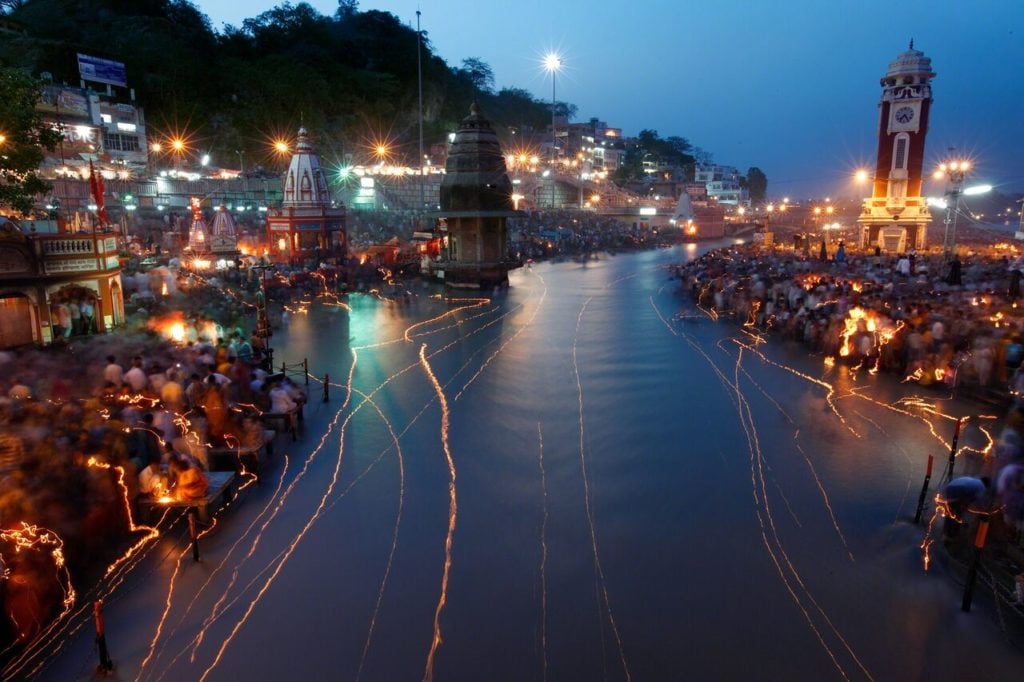
The beauty and fragility of our most important resource captured in photos.

Sarah Cascone

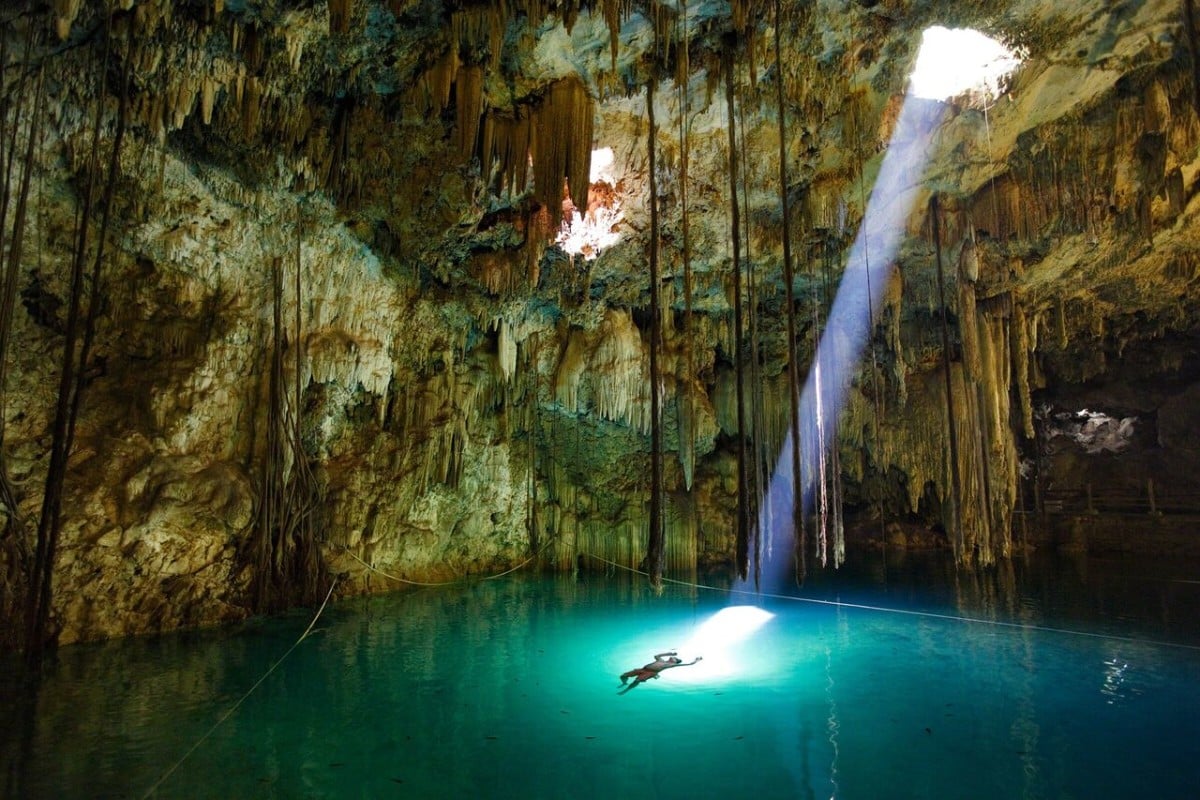
75 John Stanmeyer, VII, Mexico, 2009. The Maya believed natural wells, such as the Xkeken cenote in Mexico’s Yucatán, led to the underworld. Water flows through human existence, scribing a line between life and death.
Photo: John Stanmeyer, VII.
“Water: Our Thirsty World,” a new art exhibition at the Aquarium of the Pacific in drought-stricken Long Beach, California, looks to explore the importance of water and its growing scarcity through photographs taken around the world.
Perhaps our most important natural resource, water plays a crucial role in all of life. The exhibition, featuring images from the pages of National Geographic magazine, examines the effects the lack of water can have on endangered species, agriculture, and people, tapping into water’s spiritual importance.
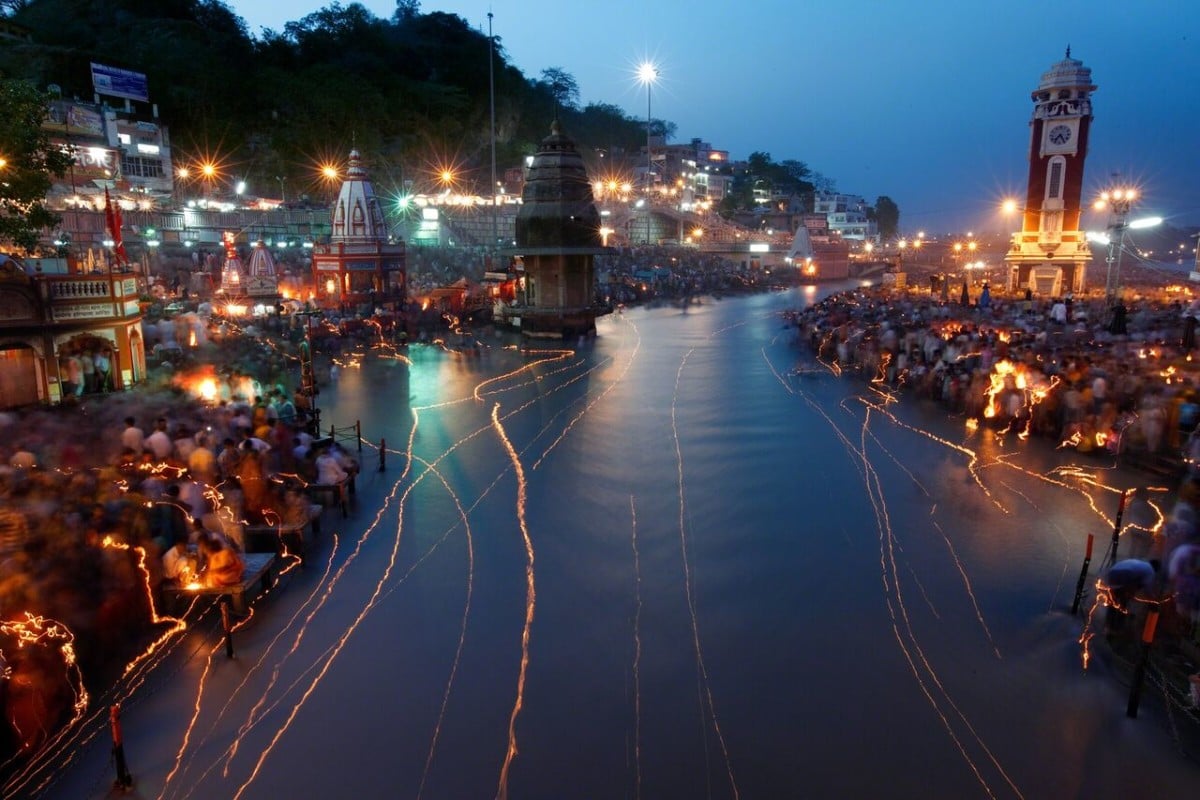
John Stanmeyer, VII, India, 2009. India’s holiest river, the Ganges, is scribbled with light from floating oil lamps during the Ganga Dussehra festival in Haridwar. Hindus near death often bathe in the river; some are later cremated beside it and have their ashes scattered in its depths.
Photo: John Stanmeyer, VII.
“At the Aquarium, we want to familiarize our visitors with global environmental issues and inspire them to think about their own reliance on natural resources like freshwater,” said Aquarium president and CEO Dr. Jerry Schubel in a statement. “The remarkable photographs in this exhibition give visitors a new entry point into the issue of water scarcity and may cause them to think differently about our relationship with nature.”
The pictures are divided into themed sections, tackling different areas of the globe such as Tibet, which is lacking in freshwater; the Jordan River, with its rapidly dropping water levels; Africa, where women and children are often responsible for providing water their communities; and California, whose massive agriculture industry is threatened by ongoing drought.
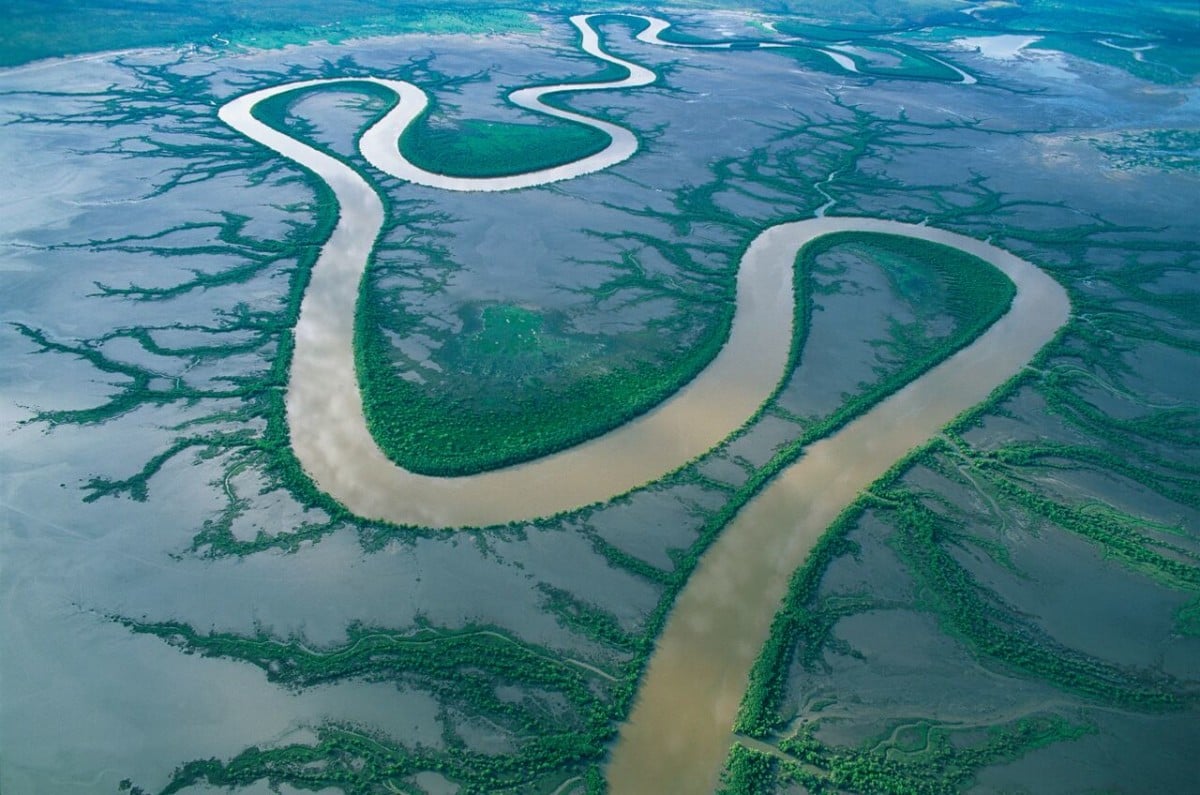
Theo Allofs, Australia, 2006. Brown with sediment loosed by seasonal rains, Australia’s King River snakes through the coastal mudflats of the Kimberley, a remote northwestern region. In the dry months of May to September, the 76-mile meander lies bare.
Photo: Theo Allofs, Corbis.
The photography show is organized by Los Angeles’s Annenberg Foundation, and previously appeared in 2010 at the Annenberg Space for Photography, also in LA. The exhibition is the follow up to the Annenberg’s “Sink or Swim: Designing for a Sea Change,” about rising sea levels, which closed at the Aquarium earlier this month.
“Water demonstrates the power of photography to educate and inspire people to preserve the world around us, and we’re pleased to share it with the Aquarium’s visitors,” noted Patricia Lanza, director of talent and content for the Annenberg Space for Photography.
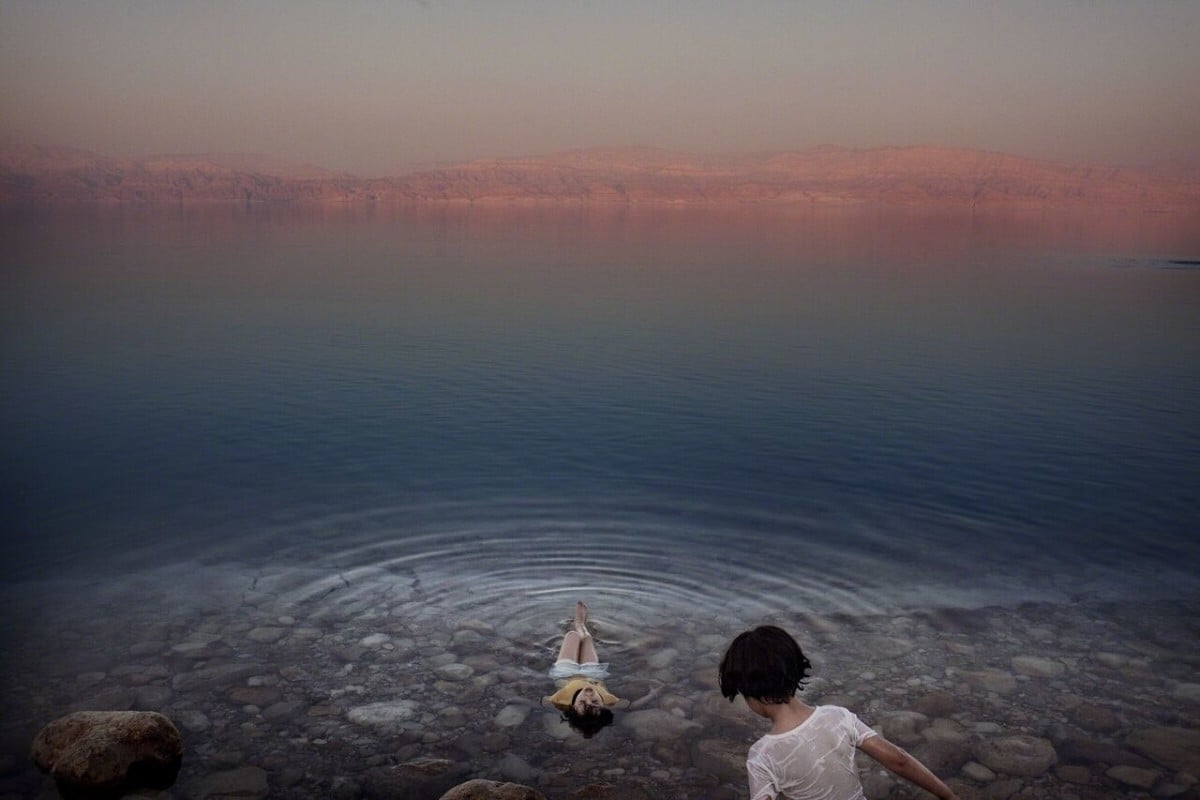
Paolo Pellegrin, Israel, 2009. Girls from a West Bank village cool off in the briny waters of the Dead Sea, the world’s deepest saltwater lake. Naturally buoyant waters make it a favorite of bathers. Yet levels are dropping more than three feet a year.
Photo: Paolo Pellegrin, Magnum Photos.

Lynn Johnson, Ethopia, 2009. In Shekana, Ethiopia, Halike Berisha (left) must fill her jug from a contaminated reservoir. Access to clean water is not solely a rural problem, but the challenges of delivering it are most daunting in remote places.
Photo: Lynn Johnson, National Geographic magazine.
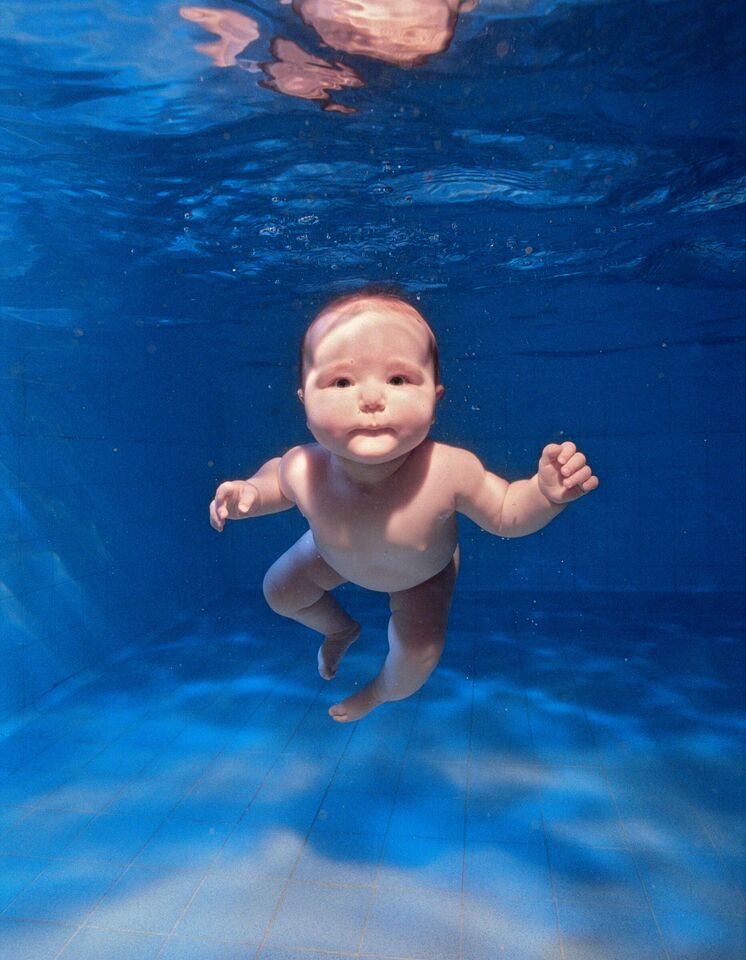
Zena Holloway, England, 2003. An underwater portrait captures the buoyancy of babies, who are three-fourths water. That fraction becomes two-thirds as we age, yet our vital fluids remain saline, like the oceans from which life sprang.
Photo: Zena Holloway, Getty Images.
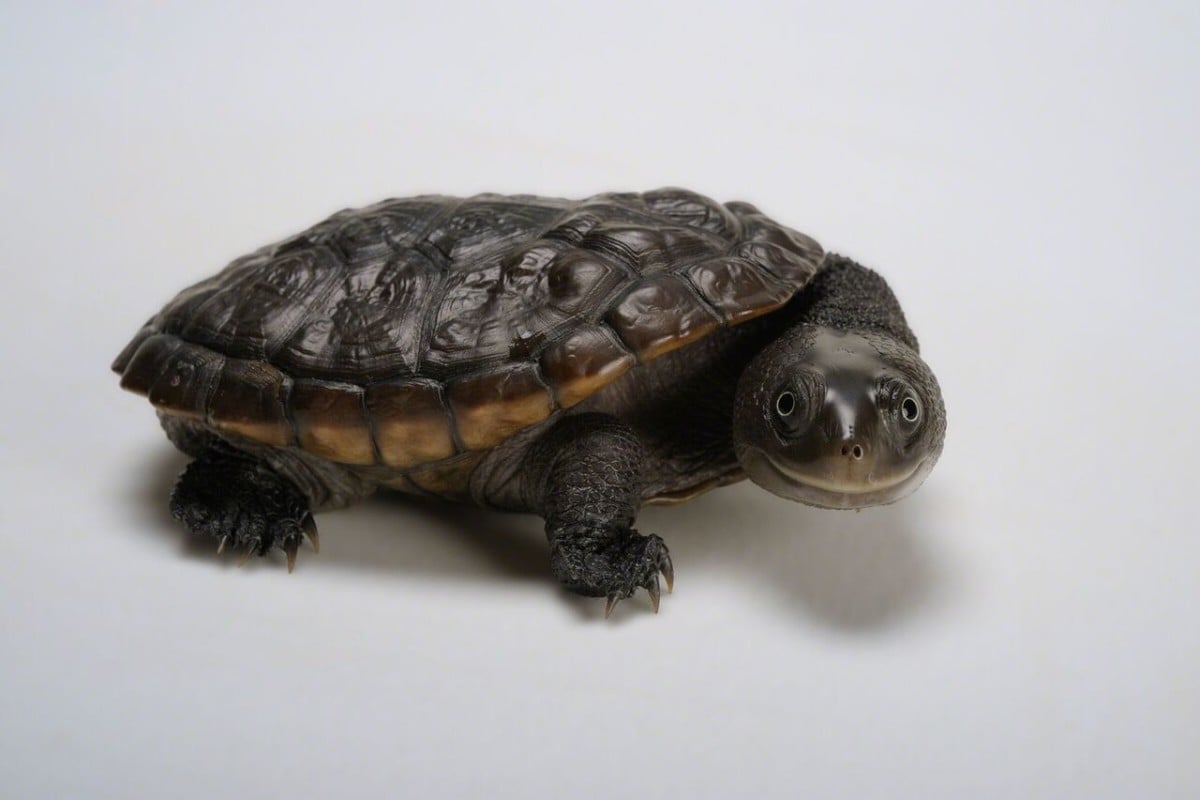
Joel Sartore, Zoo Atlanta, Georgia, USA, 2009. Freshwater species like this Reimann’s snake-necked turtle, a New Guinea native, are under siege all over the planet, disappearing faster than their land or sea counterparts.
Photo: Joel Sartore, National Geographic magazine.
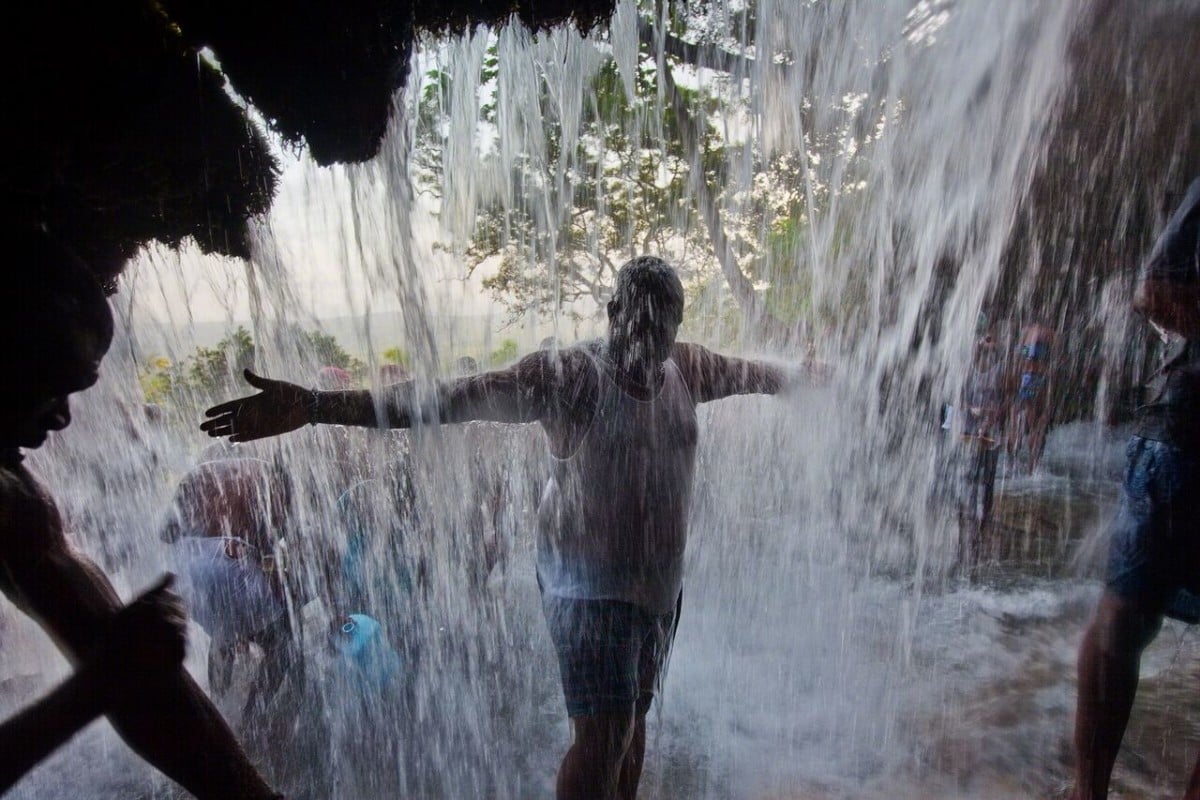
John Stanmeyer, Haiti, 2009. Vodou and Christianity meld at the Saut d’Eau waterfall in Ville Bonheur, Haiti, where believers pray to the Virgin Mary and welcome spirits said to inhabit the falls.
Photo: John Stanmeyer.
“Water: Our Thirsty World” will be on view at the Aquarium of the Pacific, October 7, 2015–February 15, 2016.